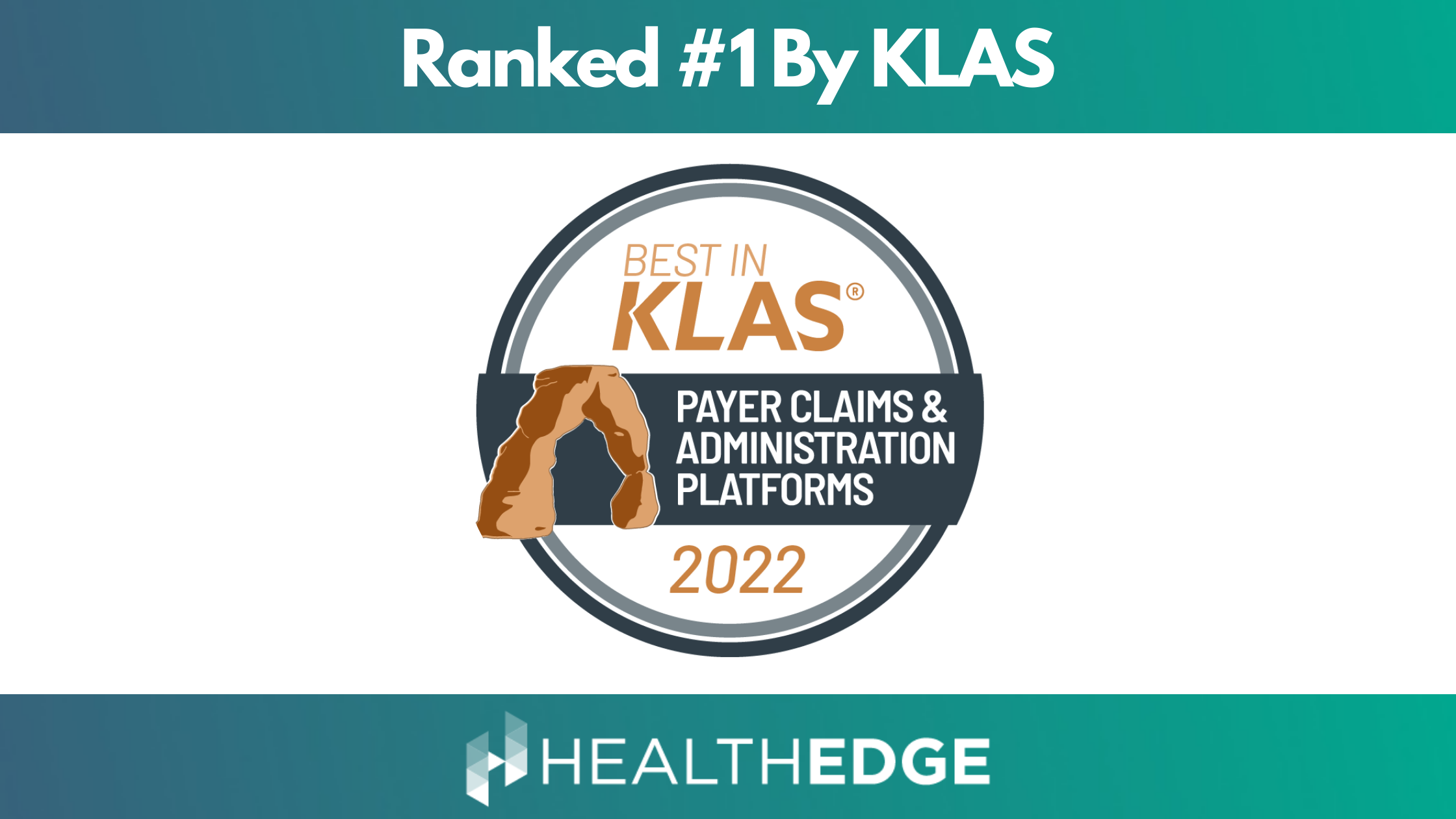New federal rules set early in the year mandate that private payers cover eight free FDA-approved COVID tests per member per month as of Jan. 15. The intent is to remove barriers for consumers who need to know whether they are infected so they can keep from spreading the virus. In an ideal world, that means people not facing a fee at the point of purchase and counting on their health plan membership information to pave the way. The work of processing and paying for tests really should happen behind the scenes.
A few payers expressed to the New York Times that they didn’t have enough time to meet the deadline and that they didn’t have the proper coding and payment mechanisms in place. AHIP reports that nearly half of plans are positioned to make the tests free at the retail level. There are a number of ways payers can respond to the challenge, and they should note that HealthRules® Payer and Source® are configurable to easily processing claims in this and similar situations.
Many plans will piggyback the COVID test distribution onto existing processes, such as those they use to offer free vaccinations to members in clinics, drugstores and other settings. Even so, plans will need to reimburse members who still end up paying out of pocket and submitting paper receipts for reimbursement. HealthRules Payer is also poised to handle this process.
Health plans should communicate with members about how to proceed, and make a point of distinguishing between preferred and non-preferred locations or pharmacies where possible. Payers will be liable for the full cost of non-preferred tests, so they are wise to educate members on where to acquire tests.
Business agility continues to be a factor in whether plans thrive or just survive in today’s healthcare ecosystem. This is a vivid example of how the right partners and solutions can support health plan operations in delivering for members as well as promoting public health.
This topic and others were recently discussed at our monthly customer focus group, in which we discuss industry compliance issues and the HealthEdge response. Upcoming topics include Machine Readable Files, the advanced explanation of benefits and price comparison tools. Customers wishing to attend should contact their account representatives.
Learn more in Maggie Brown’s Regulatory and Compliance Headlines & Highlights update.






